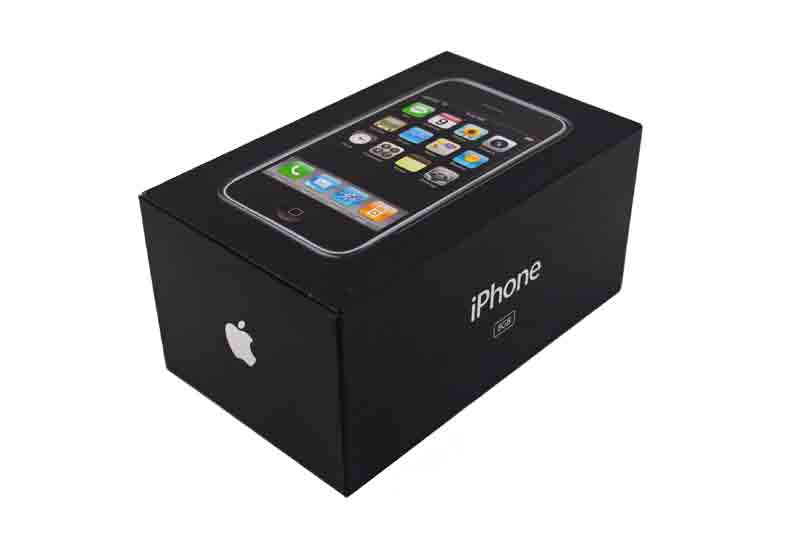Respect
This means that you respect other people's opinions.
For example, someone is telling you their opinions on something on the news recently and they totally disagree with the responses to that event.
Instead of laughing at them because they are wrong, you go along with their opinion but offer them alternatives or suggestions. You 'talk' about it, not 'argue' about the topic.
Consistency
This means you are ALWAYS to arrive on-time everyday, every lesson. If you are late, you're to inform the college when you think you will arrive.
Purpose
Make everyday count. Gain as many skills as you can everyday and put them into practice. For example, if you learn about Adobe Photoshop in a session, go home and practice using those skills learnt over and over again in order to pass the coarse.
Responsible
You and only you are responsible for your own actions. This includes verbal, physical and electronic. You MUST follow the codes of conduct, which also include those that apply for computer usage.
Self-Development
Meaning that if you have been set some work to do that only takes a few minutes to complete, finish the work and re-check the work to see if there are any improvements to be made. Then, aspire to do more, perhaps do it again using a different method.



































